Guest post by Yelena Biberman and Gage Willand.

Why do people kill in the name of an idea? The carnage in Orlando is a reminder that lone wolves pose a serious threat to our security. The question of whether Omar Mateen’s violence was a product of radicalization (the process of developing politically or religiously extreme beliefs) or mental instability will be debated in the weeks to come. Meanwhile, we searched for a common thread in the memoirs of seven violent radicals (individuals who chose to use violence for seemingly extreme political ends) from very different backgrounds. What we found was that ideology is not enough to make a person engage in acts of violence. One must also be convinced that violence is the best response to societal ills and that his or her individual actions can make a difference.
Many cultures have produced violent radicals. We analyzed the personal accounts of seven: Vera Figner (a Russian revolutionary who helped to plan the assassination of Tsar Alexander II), Ingo Hasselbach (a German Neo-Nazi operating in the late 1980s and early 1990s), Pierre Vallières (a leader of the Front de libération du Québec, a Quebecois left-wing separatist group operating in the 1960s), Naim Qassem (a founding member of Hezbollah), Salah Khalaf aka Abu Iyad (a founding member of Fatah, a Palestinian political organization), Ya’akov Meridor (a high-ranking member of Irgun, a Jewish Zionist paramilitary group operating in the 1930s and 1940s), and Bildad Kaggia (a leader of the Kenyan nationalist Mau Mau movement and politician in the Kenya African National Union).
All of these individuals felt politically or economically slighted, persecuted, or discriminated against. Hasselbach, Vallières, and Figner hated the German, Canadian, and Russian governments, respectively, for their violence and economic injustices. Meridor, Qassem, Khalaf, and Kaggia resented British and Israeli occupations for similar reasons. Khalaf was beaten by the British police in Mandate Palestine, while Kaggia was denied a decent salary because of his race. They felt wronged even when they were not targeted personally. Figner was angry at the plight of the peasants and servants she knew.
Second, all of these radicals were inspired by their mentors or models to believe that their actions would have important consequences. Hasselbach did not become a Neo-Nazi until he met Neo-Nazis in prison. Vallières was stirred by the writings of Karl Marx and a biography of Marie Curie, as well as the communists he met through his father. Qassem had contact with Islamic thinkers who inspired Hezbollah. Khalaf, who had earned a philosophy degree, recounts reading Marxist literature and being influenced by Mao Zedong; he imagined the Palestinian people “armed, returning to their country to drive out the usurpers.” Kaggia and his fellow Kenyans were always told that Africans “weren’t fit to be commissioned.” Yet, after a group of Kenyan soldiers forced British officers to cede to it, he realized that it was “possible for soldiers to dictate to the officers.”
Third, all of the seven radicals believed that nonviolence was insufficient for achieving their goals. Vallières thought that revolutionary change “cannot be accomplished without war.” Figner observed: “When the youth turned to the people with peaceful propaganda, the government met them with wholesale arrests, exile, penal servitude, and central prisons.”
Radical ideas alone do not cause violent behavior. Without a grievance, there is no reason to fight. Even Hasselbach, who fought to subjugate minorities in Germany, saw himself as “a victim of the Communist regime.” The belief that individual action has meaningful consequences is also necessary. Both Kaggia and Vallières noted periods in their life when they felt powerless against greater social forces – feelings they had to overcome before taking political action. Finally, the conviction that violence can succeed where nonviolence fails is another important source of motivation for violent radicals. Vallières believed that “revolutionary violence” was the only way to “oppose the organized violence of imperialism and its local representatives.”
We may not be able to always prevent lone wolves from causing massive casualties, but we can control whether the attacks achieve their desired goals. Consequently, as more information becomes available, we should pay close attention to what Mateen’s goals were and what we can do, individually and collectively, to resist their realization.
Yelena Biberman is an Assistant Professor of Political Science at Skidmore College and Nonresident Fellow at the Atlantic Council’s South Asia Center. Her work focuses on unconventional warfare. Gage Willand is a recent Skidmore College graduate.

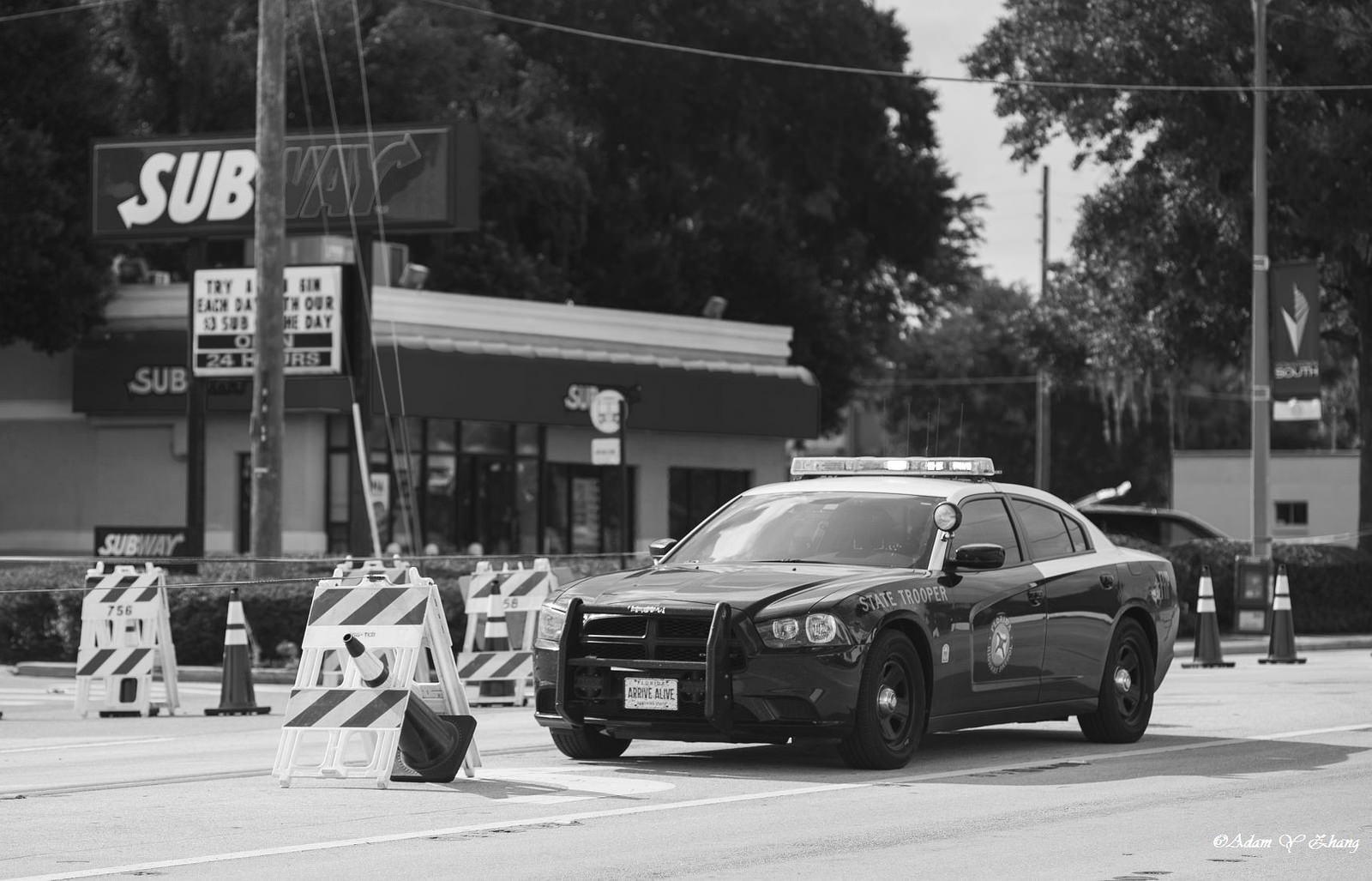
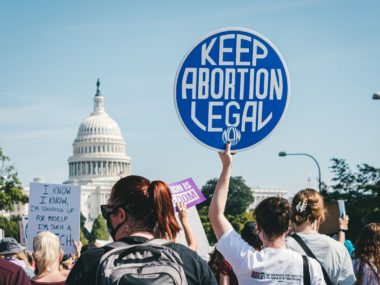
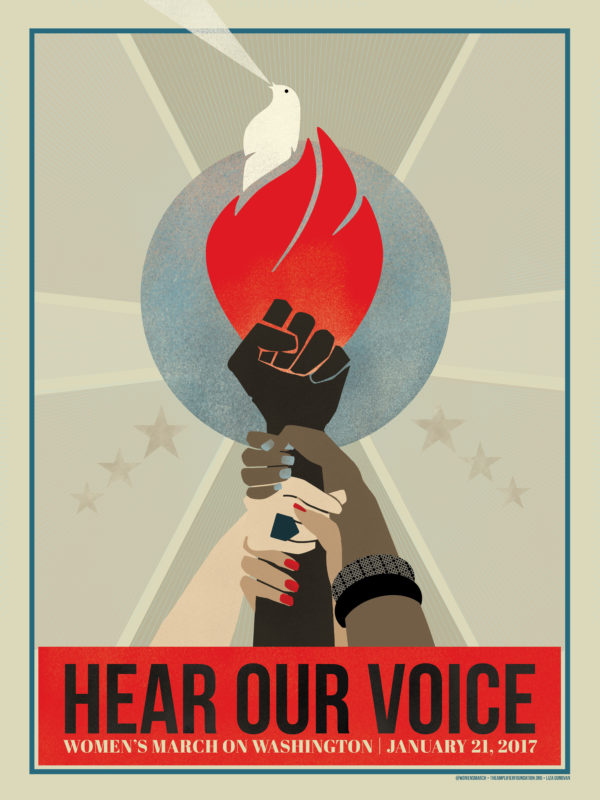
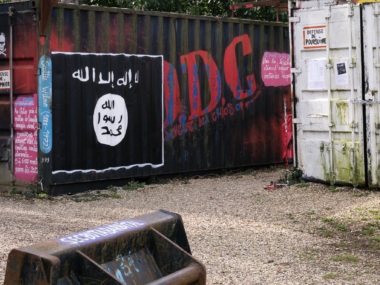

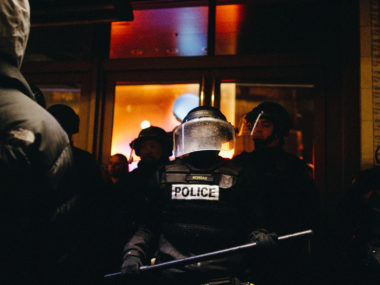
3 comments
Unclear why we should expect Omar Mateen’s violence to be borne of the same sources that drove the seven violent radicals chosen for study. How were they chosen from the large pool of candidates? Mateen’s violent misbehaviors preceded his embrace of Islam; was this true of the seven cases studied as well? The seven were quite different from one another; should we assume that Mateen was like any of the seven? Which one? Can any valid policy implications be drawn from this analysis?
I applaud the authors for contributing to the discussion and thinking about radicalization and its application to very recent events, but I have two concerns with this posting:
First, all of the radicals they mention in comparison are or were leaders of organizations most of which clearly have or had political agendas. As far as any reporting has revealed, the Mateen was a lone wolf and isolated and his devotion to his declared ideology is unclear. As Thomas Zeitzoff’s excellent post on PVG on May 26 stated, people often have complex motivations and do not understand themselves why they do things.
Second, and more importantly, this set of cases suffers very classically (Geddes 1990) from selection bias. So all 7 of the radical leaders mentioned had similar characteristics? I am guessing that millions of people globally also share those characteristics (persecution, inspired by mentors, lack of belief in non-violence), but only a few radicalize and take violent action. With all rare events, it is tempting just to look at them and study them in detail; however, that will likely lead us to biased answers and ineffective policy responses.
This is not exactly an academic journal article, so how much methodological precision is it fair to expect? That being said, I think the authors are alluding to the most different systems design. All the radical leaders are very different from each other, but they all engaged in some similar behavior.
PS. Geddes’ critique applies to pretty much all small-n work out there. Unless one is choosing cases at random (not very practical or useful in most instances), we just have to live with selection on the DV.